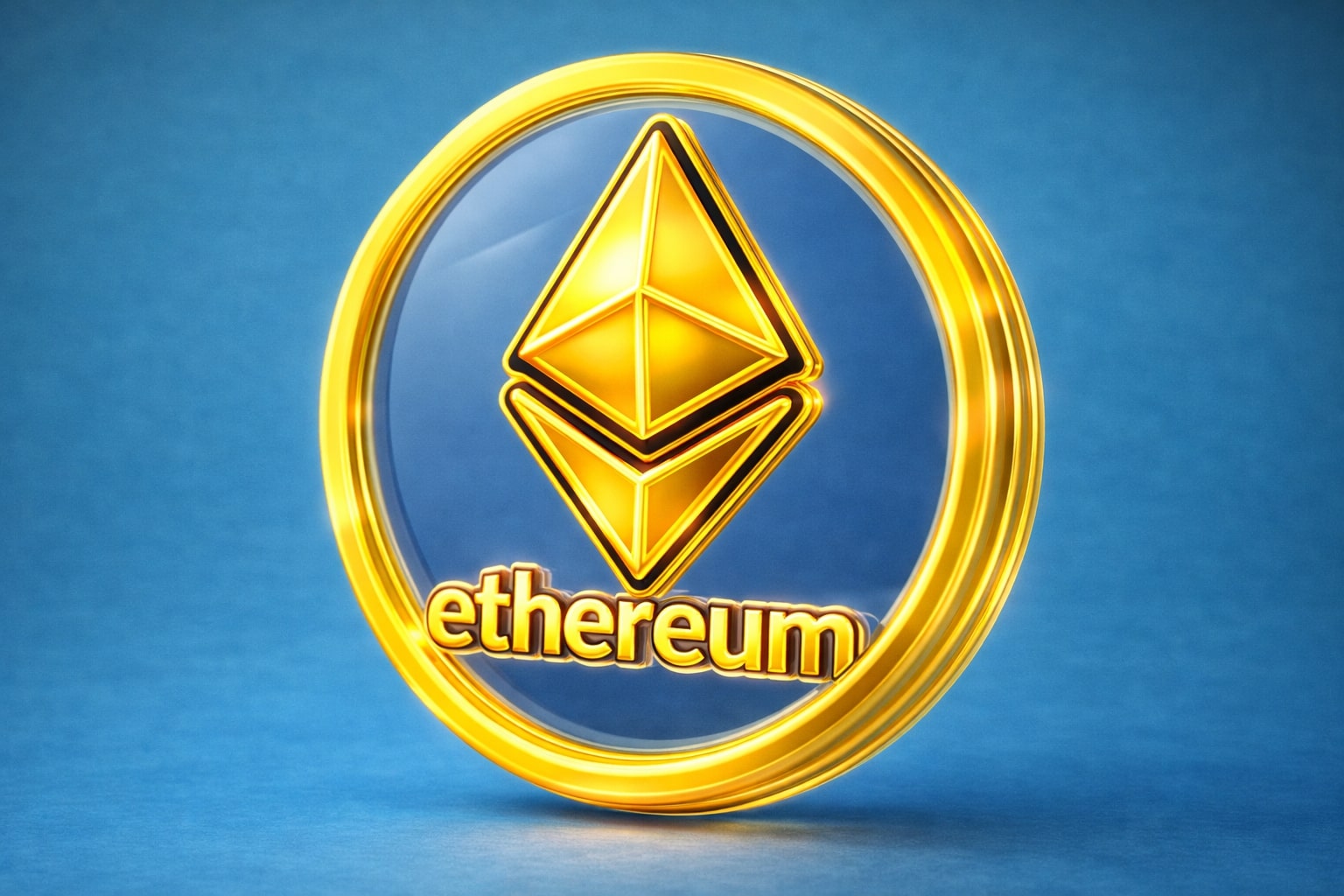Ethereum (ETH-USD) Price Outlook: Institutional Demand and Network Growth Drive 2025 Rally
Ethereum (ETH-USD) is trading around $4,460, up 2.6% on the day, holding firm near record highs as institutional inflows, protocol upgrades, and network activity converge to fuel the next leg higher. The current market cap of approximately $536 billion places Ethereum as the second-largest cryptocurrency, but forecasts are widening with near-term targets between $4,800 and $5,100, medium-term outlooks pointing toward $8,000, and long-term expectations stretching as high as $12,000 by 2030.
ETF Inflows and BlackRock’s Impact on Ethereum (ETH-USD)
The approval and launch of Ethereum exchange-traded funds have been transformative, with BlackRock’s iShares Ethereum Trust ETF attracting $968 million in net inflows in a single week. Since June, Ethereum ETFs and digital asset treasuries have accumulated nearly 5% of circulating supply, tightening exchange liquidity and sustaining upward momentum. BlackRock executives highlighted client demand for Ethereum as digital infrastructure, positioning ETH alongside traditional asset classes. This institutional validation has already lifted prices 4–5% in recent sessions, pushing ETH toward the $4,600–$5,000 range. Analysts argue continued ETF inflows could anchor Ethereum above $5,000 into Q4 2025.
Network Activity Surges to Multi-Year Highs
Ethereum’s 14-day SMA of total transactions surpassed 1.7 million in August, the highest on record, exceeding the activity of the 2021 bull cycle. Active addresses also reached a three-year high, confirming broad network participation. Decentralized exchange (DEX) volume surged alongside total value locked (TVL), nearly revisiting the 2021 all-time high, according to DeFiLlama. The difference this cycle is transaction costs: network fees have stayed low despite the spike in usage thanks to the Dencun upgrade (March 2024) and Pectra upgrade (May 2025), which expanded blob throughput, improved validator efficiency, and introduced account abstraction. Historically, rising ETH activity caused transaction costs to spike and eroded momentum. This time, structural improvements are sustaining adoption without cost blowouts, supporting a stronger base case for higher prices.
Ethereum (ETH-USD) Technical Levels: Trendline Support and Resistance Zones
Ethereum has tested and respected an ascending trendline since June 22, bouncing multiple times near $4,265–$4,300. On August 30, ETH briefly dipped under $4,400, triggering $170.8 million in futures liquidations, but buyers stepped back in at trendline support. The Relative Strength Index has stabilized at 51, while the MACD is narrowing its negative spread, pointing to a potential bullish crossover. Near-term resistance stands at $4,665, with a breakout above $4,865 opening the path to the psychological $5,100 level. Failure to hold the ascending trendline risks a retracement to $4,000, reinforced by the 50-day moving average, and a deeper breakdown could expose $3,470 as the next major support. This makes the $4,100–$4,300 zone critical for bulls to defend in the short term.
Institutional Narrative vs Retail Speculation
Ethereum’s growth story contrasts with meme-driven tokens like PEPE. While PEPE captured speculative flows, it lacks the structural demand that Ethereum commands from staking, Layer 2 expansion, and ETF adoption. By contrast, Ethereum is seen as digital infrastructure, with Wall Street firms like JPMorgan exploring validator adoption and Ethereum rails for internal systems, reducing costs from siloed legacy networks. This narrative is amplified by Ethereum co-founder Joseph Lubin, who stated Ethereum could “100x” in value and eventually surpass Bitcoin’s monetary base. His argument hinges on banks and institutions shifting trillions in settlements to Ethereum-powered smart contracts and scaling solutions.
Ethereum (ETH-USD) vs Competitive Threats
Ethereum faces rising competition from projects like Hyperliquid, which recently surpassed Ethereum and Solana in fee revenue, generating $409 million in six months and capturing nearly 10% of BTC and ETH perpetual volume. Yet, Ethereum’s unmatched security, decentralization, and first-mover advantage in DeFi and NFTs keep it firmly ahead. Hyperliquid and Solana may offer speed and lower fees, but institutional investors continue to allocate capital toward Ethereum, evidenced by the nearly $1 billion ETF inflows last week alone. This differentiation between speculative yield tokens and Ethereum’s structural role underpins its valuation premium.
Ethereum Price Forecast ETH-USD Verdict
Ethereum’s trajectory in 2025 hinges on ETF flows, network scalability, and macro tailwinds from the Federal Reserve. A dovish Powell at Jackson Hole could unlock the psychological $5,000 breakout, while a hawkish tone risks testing $4,100 support. With staking, Layer 2 adoption, and institutional flows anchoring demand, Ethereum has one of the strongest structural backdrops in crypto. Near-term targets remain $4,865 and $5,100, with medium-term forecasts clustered around $7,000–$8,000 and long-term projections toward $10,000–$12,000 by 2030. At current levels near $4,460, ETH-USD is a Buy, with risk managed at $4,000 and upside potential anchored by ETF-driven supply constraints and unprecedented institutional adoption.



















